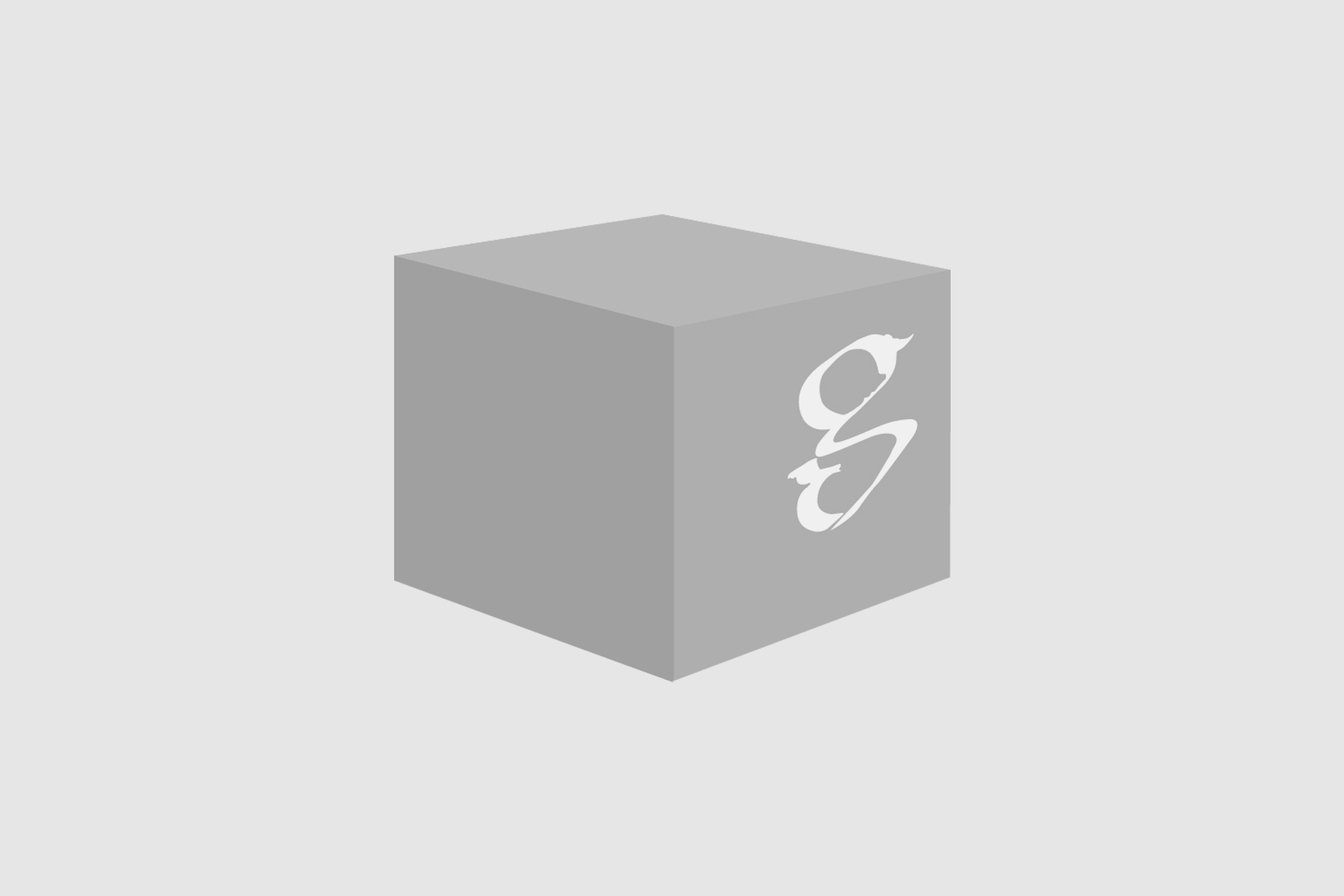
Chalk and dry pastels reveal different subtleties in their texture, composition and artistic uses.
Are you interested in pastels and chalks?
This article will introduce you to these 2 forms of artistic expression.
GOOD TO KNOW
The article was inspired by a remarkable book written by Tracy Lee Stum, whose work I deeply admire. She has written a very interesting book on the art of chalk, entitled ” The art of chalk, from lettering to street art”. I would like to stress that Tracy is in no way connected to me, and this recommendation is made with enthusiasm and passion that I highly recommend this quality book!Haut du formulaire
Bas du formulaire
Differences Between Chalk And Dry Pastel
Humble and versatile, chalk remains a powerful medium that has always been a muse for artists from diverse backgrounds. Its use extends far beyond the classroom, inspiring a variety of artistic expressions, from meticulous lettering on blackboards to the most daring street art.
- Traditional chalk, such as that used for writing on a slate or drawing on a pavement, is mainly composed of calcium carbonate. This material is then combined with binders to form sticks. Chalk is best used on dry, even and slightly rough surfaces: chalkboard paint, concrete, asphalt or wood.
- Dry Pastel is made from finely powdered pigments mixed with a dry binder, often gum arabic, then pressed into a stick shape. This mixture is compressed to form a solid stick of colour that can be applied to surfaces such as wood cardboard or special pastel paper.

School chalk – Picture by Amylee
1. Designers and Typography
Today’s graphic designers use chalk to create works that combine technical rigour with boundless creativity.
Among them is Dana Tanamachi, famous for her elaborate lettering, elegant compositions and acute sense of typography. Her chalkboard designs feature intricate lettering in a carefully orchestrated layout.
2. Pastelists and Colour Realism
Keen observers, pastelists use dry pastel to capture vibrant landscapes and striking portraits. Masters of light, they play with the nuances to create works of remarkable realism.
Artist Daniel Green is renowned for his ability to transform urban landscapes into almost unreal scenes. He exploits the richness of pastel pigments to create impressive lighting effects.

Artist’s pastels – Picture by Amylee
3. Street Artists and Performance Art
Chalk street art is a field where artists leave the studio to become performers of ephemeral works.
David Zinn is renowned for his playful, imaginative creations that blend into the urban environment to bring whimsical characters to life.
Street art events such as the Sarasota 3D Chalk Festival welcome artists from all over the world who come together to transform the streets into veritable open-air galleries. These artists use chalk to intrigue and amaze the public. Their art unfolds for all to see, creating a real-time performance. It’s crazy and magical!

Chalk in various sizes – Picture by Amylee
Plein Air: choice of working environment
Chalk and dry pastels offer infinite artistic possibilities, whether in the studio or outdoors. Each working environment offers distinct advantages. The choice between the two often depends on the technique, style and specific needs of each individual.
Many street artists using chalk, such as Julian Beever, Kurt Wenner and Tracy Lee Stum, prefer to work on pavements to interact directly with the public and use the environment as an integral part of the work.
Others, such as pastelists, prefer to work in studios for reasons of comfort. In a controlled and stable environment, they can then take the time to perfect the details without worrying about changing external conditions.

Dry pastels Artist I LOVE ART – Picture by Amylee
You Will Need :
This list may vary according to individual preferences and the technique used.
- Traditional chalk: Chalk sticks available in various sizes and colours (pavement chalk or school chalk or chalk whiting ).
- Marker chalk: Very useful for working on lines, shapes and fine details.
- Dry pastels: Pastel sticks available in various sizes, colours and quality ranges.
- Chalk or pastel fixative: To fix drawings and prevent them from fading easily.
- Slate board or chalkboard paint, rough paper, pavement or any other support designed for chalk.
- Support for pastels: Special Pastel paper textured.
- Latex gloves or drawing glove: To avoid transferring hand grease to the paper and keep the surface clean.

Bulk tools for chalks and pastels – Picture by Amylee
GOOD TO KNOW
GreatArt offers the widest choice for fine art materials in the UK in their store in London, Shoreditch, as well as in their online shop, 7 days a week, 24 hours a day.
ARTICLE WRITTEN BY AMYLEE PARIS

About the artist:
From abstract blooms to floral portraits, Amylee Paris’s passion is to make her colours shine among her art galleries (Switzerland, Austria, England), her collectors, and her community. In 2009, Amylee founded amylee.fr: a Consulting Studio for Artists that has evolved into a certified training organization. She shares her artist job through blog articles, ebooks guides, coaching, and courses to assist people in professionalizing their careers in the art world.
Website: www.amylee.paris – Instagram @amyleeparis





















Add comment